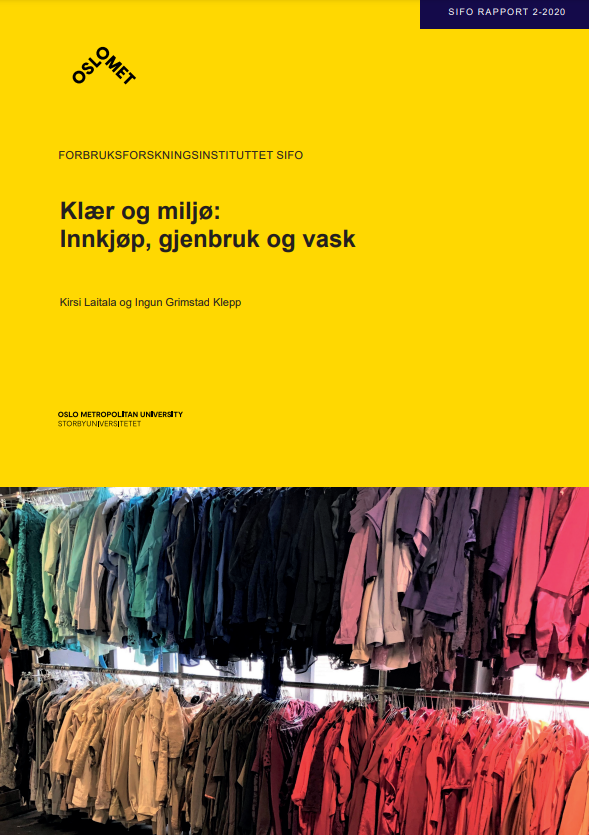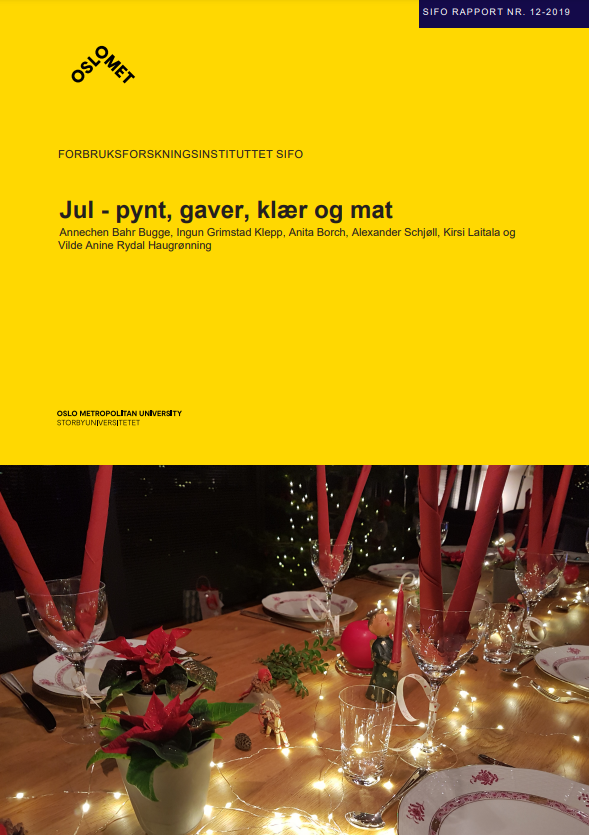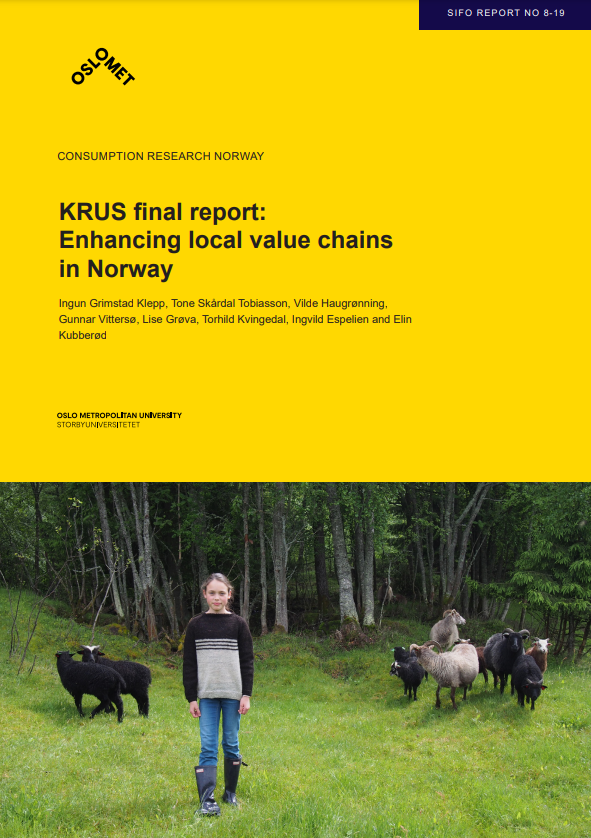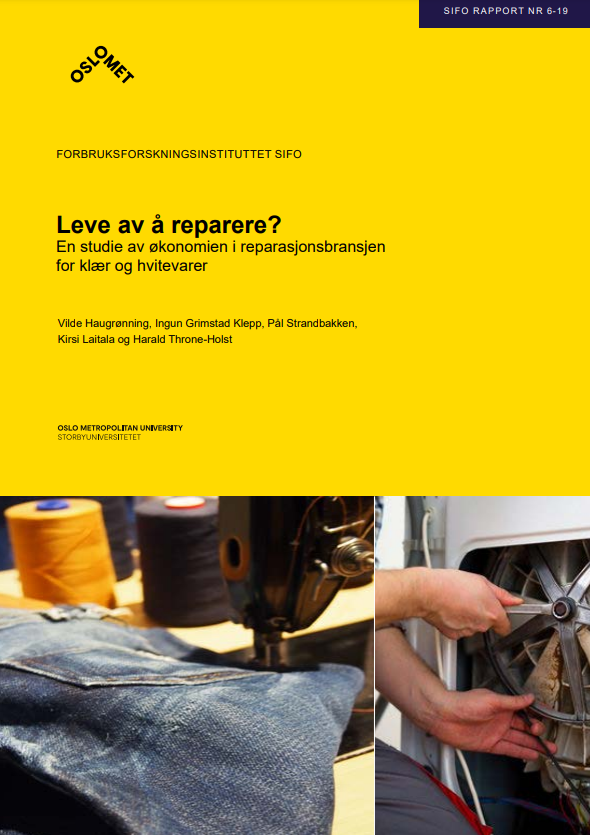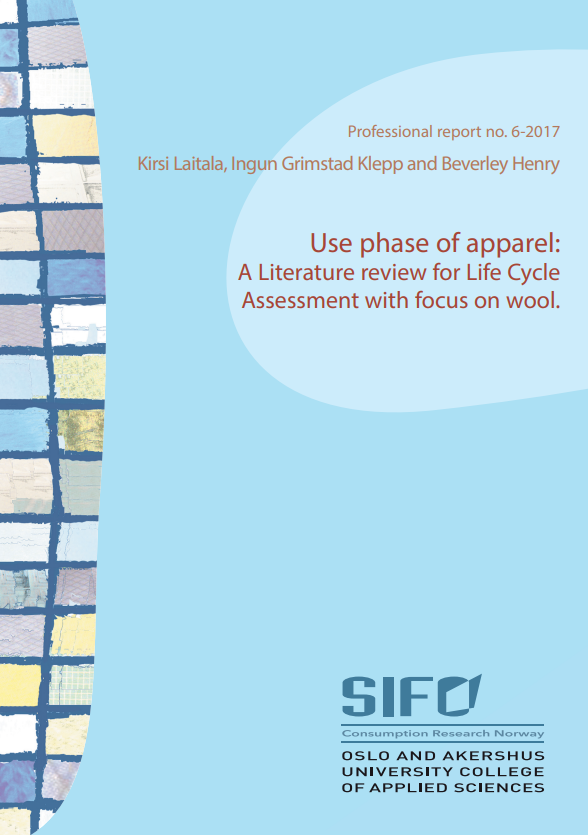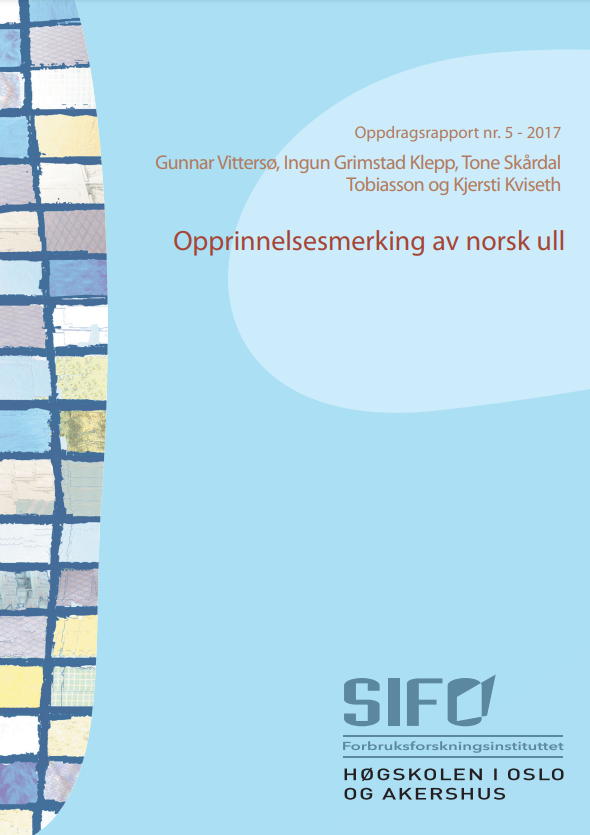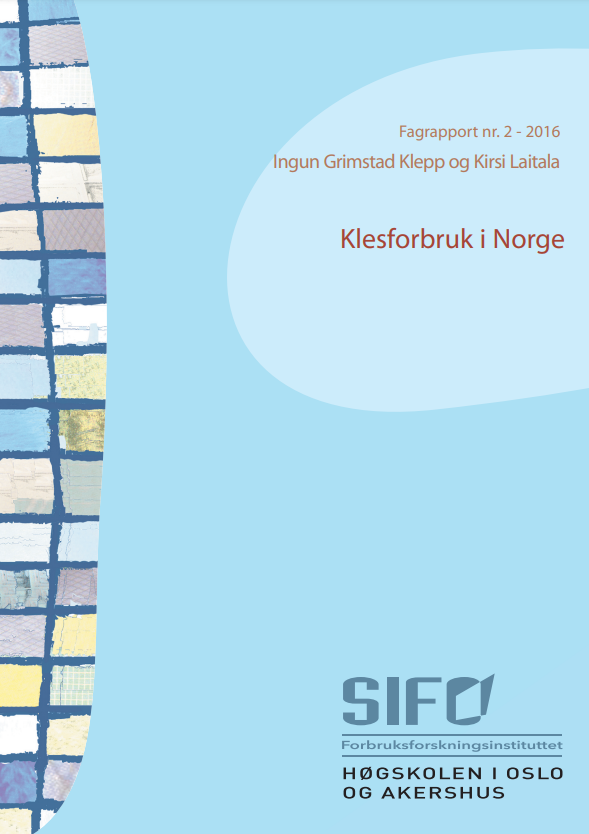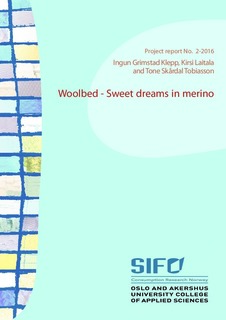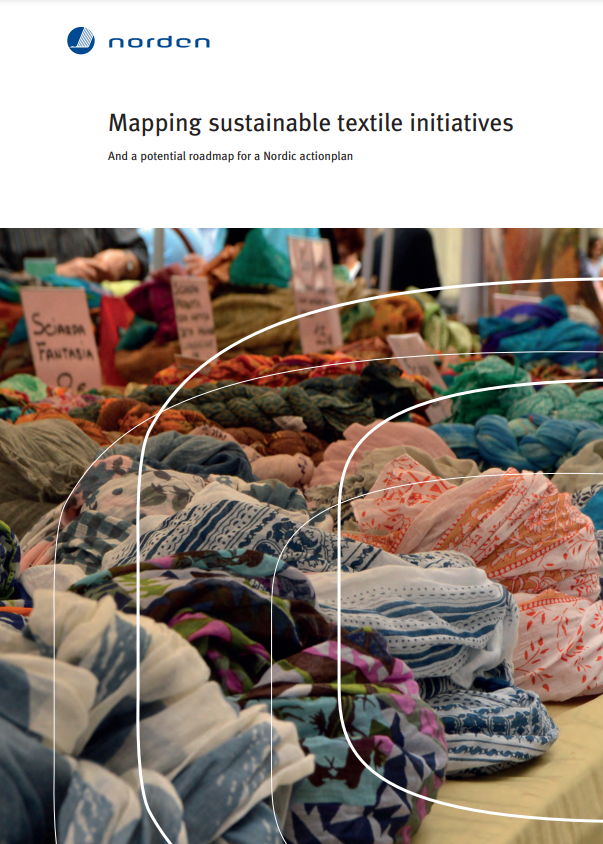Klær og miljø: Innkjøp, gjenbruk og vask
Sammendrag
Rapporten diskuterer klesanskaffelser og vedlikehold i dagens Norge basert på en spørreundersøkelse om bærekraftig forbruk. Respondentene rapporterte at de hadde anskaffet i gjennomsnitt 23,5 plagg i løpet av det siste året. De yngste mennene 18-19 år og alle kvinner frem til 59 år anskaffer like mye klær. Menn anskaffer færre ettersom de ble eldre og de eldste over 60 år anskaffer minst. Kvinner derimot holder samme nivået, 28-29 plagg uavhengig av alder frem til den eldste aldersgruppen. Kvinnene over 60 år anskaffer noe mindre (totalt 20 plagg). De aller fleste (20,2 av 23,5) plagg kjøpes nye. Dette tilsvarer 86% av klærne. Det nest vanligste måten å skaffe klær er å få de som gaver med 2 plagg per person.
I gjennomsnitt er det mindre enn ett plagg per person som er kjøpt brukt (0,6), og tilsvarende mindre enn ett plagg som er arvet (0,7). Totalt utgjør dette 1,3 gjenbrukte plagg per respondent per år. De unge kvinnene mellom 18 og 29 år anskaffet størst andel av gjenbrukte klærne med 12%. Klesvask har stor påvirkning på miljøbelastning og utgjør en vesentlig faktor for klesforbrukets miljøbelastning totalt sett. Ikke overaskende og helt i tråd med tidligere undersøkelser vaskes det kroppsnære plagget trøye, oftere enn gensere, og ullgensere og ulltrøyer sjeldnere enn tilsvarende plagg i bomull. Forbrukere som er opptatt av miljø vasker sitt ulltøy sjeldnere enn andre. En tilsvarende sammenheng finnes ikke for bomull.
Klikk her for å lese hele rapporten (oda.oslomet.no).
Summary
This report discusses clothing acquisition and maintenance in Norway based on a survey on sustainable consumption. Respondents reported that they had acquired an average of 23.5 garments during the past year. The youngest men (18-29 years) and all women up to age 59 purchase the same amount of clothing. Men acquire fewer as they grow older and the oldest age group over 60 years acquire the least. Women, on the other hand, hold the same level, 28-29 garments regardless of age up to the oldest age group. The women over the age of 60 purchase somewhat less (a total of 20 garments). The vast majority (20.2 out of 23.5) garments are purchased new. This corresponds to 86% of the clothes. The next most common way to get clothes is to receive them as gifts, with 2 garments per person. On average, less than one garment per person is purchased used (0.6), and correspondingly less than one garment that is received as hand-me-down (0.7). In total, this represents 1.3 second-hand garments per respondent per year. The young women between the ages of 18 and 29 acquired the largest share of reused clothing by 12%. Laundry has a major influence on environmental impact and is a significant factor for overall environmental impact of clothing consumption. Not surprisingly and completely in line with previous research, the next-to-skin garments are washed more often than sweaters, and woolen undershirts and sweaters are washed less often than similar cotton garments. Consumers concerned about the environment wash their woolen clothes less frequently than others. A similar connection does not exist for laundering frequency of cotton.
The full report is only available in Norwegian.
